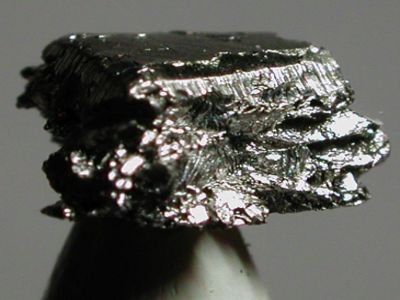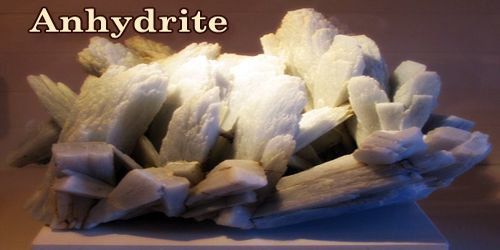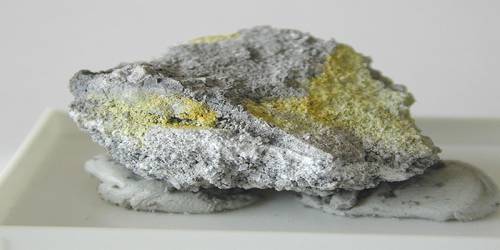Iridium is a chemical element with symbol Ir and atomic number 77. A very hard, brittle, silvery-white transition metal of the platinum group, iridium is the second-densest element. Iridium salts are highly colored. The iridescent wings of the dragonfly represent both the origin of the element’s name and its strongly colored salts. Although only certain molten salts and halogens are corrosive to solid iridium, finely divided iridium dust is much more reactive and can be flammable.
It is considered to be a rare, precious metal which is brittle and hard along with a low ductility, which makes it a difficult material to work. It was discovered in 1803 among insoluble impurities in natural platinum. Smithson Tennant, the primary discoverer, named iridium for the Greek goddess Iris, a personification of the rainbow, because of the striking and diverse colors of its salts.

Fig: Iridium – a chemical element
Occurrence
Iridium can be found uncombined in nature. Most commonly it is found associated with other platinum group metals in alluvial deposits. It is also produced as a by-product of nickel and platinum refining.
It is found in meteorites in much higher abundance than in the Earth’s crust. For this reason, the unusually high abundance of iridium in the clay layer at the Cretaceous–Paleogene boundary gave rise to the Alvarez hypothesis that the impact of a massive extraterrestrial object caused the extinction of dinosaurs and many other species 66 million years ago. Similarly, an iridium anomaly in core samples from the Pacific Ocean suggested the Eltanin impact of about 2.5 million years ago.
Information Source:
















